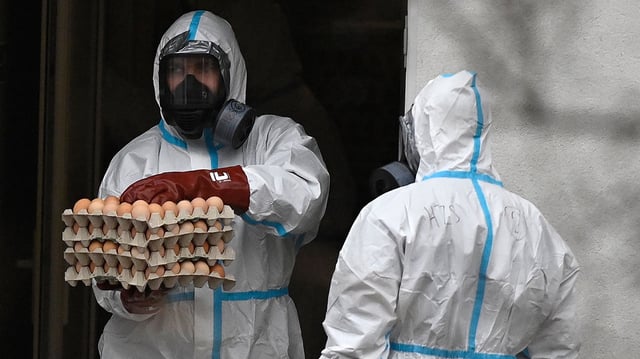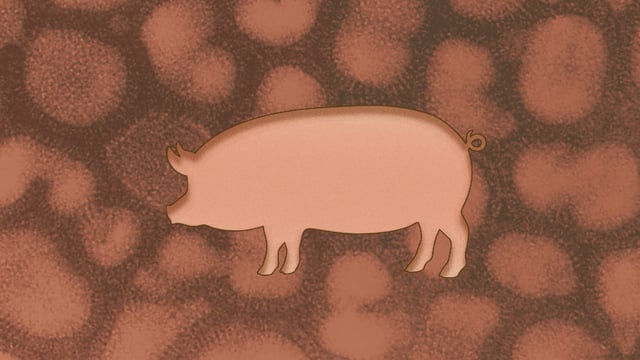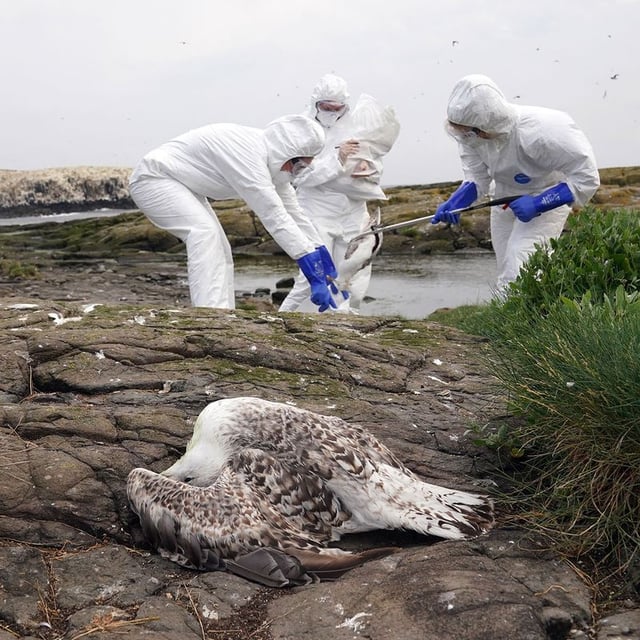Overview
- The H5N1 virus has infected wild birds, poultry, and now dairy cattle in the U.S., with millions of animals affected worldwide.
- Current public health messaging on H5N1 has been inconsistent, leading to confusion and mistrust among the public.
- Experts emphasize the need for bipartisan efforts to combat misinformation and improve indoor air quality to prevent virus transmission.
- Protections for essential workers, including paid sick leave and health insurance, are crucial to controlling the spread of the virus.
- Despite low immediate risk to humans, researchers stress the importance of preparedness and monitoring to mitigate potential future outbreaks.



